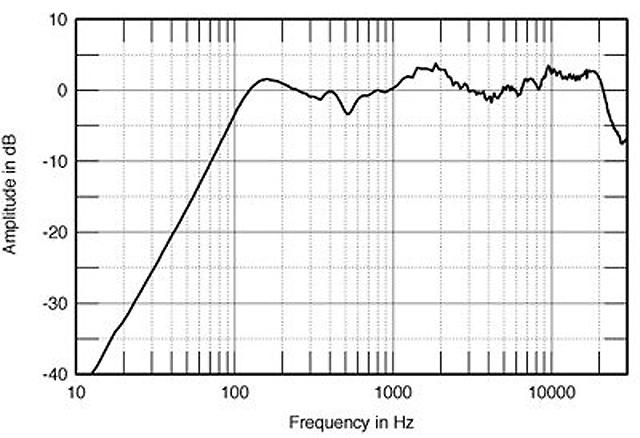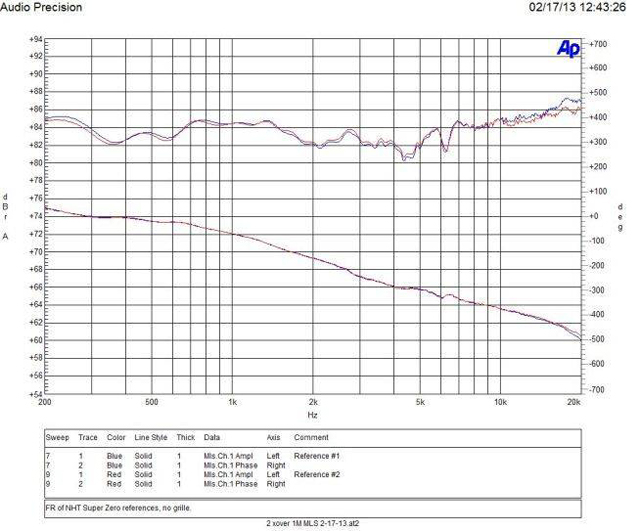Kreshna
...but I have to know.
About two weeks ago (September 15, to be exact) I replaced the crossover capacitors of my NHT SuperZero with Solen caps. I noticed the overall sound became less grainy and more fluid, especially cymbals and hi-hats. My wife is not an audiophile, so she doesn't understand audiophile jargons like "grain", but she told me that the sound becomes cleaner.
However, I also noticed that trumpet becomes very harsh and ear-hurting.
I once drove B&W DM302, difficult load speakers, with Sansui A-40, which is underpowered for the job. The sound becomes harsh and ear-hurting due to the distortion. But this time, it is not the same kind of harshness.
First, trumpet is the only instrument that sound harsh. Other instruments like Herbie Mann's flutes and Louis Armstrong's vocals sound nice and lifelike.
And then, while trumpet sounds really harsh and ear-hurting, it also sounds very clean and lifelike. I cannot hear any distortion accompanying the harshness. Trumpet sounds very alive, very real, probably due to the lack of distortion. But it also sounds very harsh that it hurts my ears. Louis Armstrong's songs become heavenly and hellish at the same time. Armstrong's vocals sound really nice, clean, and fluid, but when the trumpet comes then I'm ready to close my ears.
Trumpet also sounded harsh before recap, but not as ear-hurting as now.
I wonder, do capacitors need to break-in? I've been very busy, so I've only listened averagely an hour per day. So the speakers have only been used about 15 hours since recap. Perhaps it would take 100 hours of burn-in until trumpet sounds nice?
However, I also noticed that trumpet becomes very harsh and ear-hurting.
I once drove B&W DM302, difficult load speakers, with Sansui A-40, which is underpowered for the job. The sound becomes harsh and ear-hurting due to the distortion. But this time, it is not the same kind of harshness.
First, trumpet is the only instrument that sound harsh. Other instruments like Herbie Mann's flutes and Louis Armstrong's vocals sound nice and lifelike.
And then, while trumpet sounds really harsh and ear-hurting, it also sounds very clean and lifelike. I cannot hear any distortion accompanying the harshness. Trumpet sounds very alive, very real, probably due to the lack of distortion. But it also sounds very harsh that it hurts my ears. Louis Armstrong's songs become heavenly and hellish at the same time. Armstrong's vocals sound really nice, clean, and fluid, but when the trumpet comes then I'm ready to close my ears.
Trumpet also sounded harsh before recap, but not as ear-hurting as now.
I wonder, do capacitors need to break-in? I've been very busy, so I've only listened averagely an hour per day. So the speakers have only been used about 15 hours since recap. Perhaps it would take 100 hours of burn-in until trumpet sounds nice?





